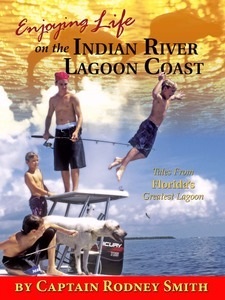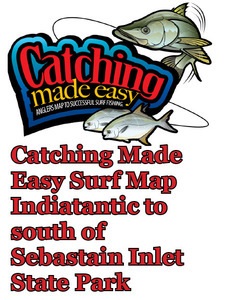 In my book, Catching Made Easy, there are several chapters that will help learn how to find fish. We focus on developing a successful game plan, and touch on the importance of listening to your intuition. Then we dive into where you can find the hotspots.
In my book, Catching Made Easy, there are several chapters that will help learn how to find fish. We focus on developing a successful game plan, and touch on the importance of listening to your intuition. Then we dive into where you can find the hotspots.
The first tip for anglers searching new waters for fishy places is to go buy a chart, study it and highlight the suspicious areas, particularity points, pockets and passes. It’s been my experience that this one tactic will help you locate the most desirable places to start fishing. Keep in mind that in most cases ninety percent of the fish are found in ten percent of the water.
 It’s important to keep in mind fishy spots can and will change for a number of reasons, including changes in water temperature, time of day, seasons, bait availability, rainfall, wind direction, tides, etc.
It’s important to keep in mind fishy spots can and will change for a number of reasons, including changes in water temperature, time of day, seasons, bait availability, rainfall, wind direction, tides, etc.
Quite often, fishy spots will stand out like a crooked nose. Other times, it might be a very subtle hint that gives these places away. For instance, when surf fishing a flat long stretch of beach the run outs and feeding areas probably are not going to be obvious to the inexperienced eyes. However, over time and much observation, things like recognizing a steady flow of water traveling out a certain cut through a sandbar or break in a reef will become more easily spotted.
Keep an eye out for bait. Seeing ghost crabs on the beach, sand fleas (mole crab) down in the swash, and finger mullet or glass minnows (a number of different species of baitfish are called glass minnows, including Spanish and bay anchovies) holding near shore is a good sign. Feeding birds is another good indicator that game fish are close.
 While finding fish is a very important part of catching, it’s only a portion of successful fishing. Other factors, like reading the water, understanding fish habits, making your cast count and being prepared can often be equally important to catching more fish.
While finding fish is a very important part of catching, it’s only a portion of successful fishing. Other factors, like reading the water, understanding fish habits, making your cast count and being prepared can often be equally important to catching more fish.
Take it from me, the task of finding fish hasn’t changed much during the fifty plus years I’ve been hunting for them. If you locate healthy habitat, those places that provide food, shelter or both, you will find fish. Word of mouth can be very important; the information you can get from someone more experienced or an angler with local knowledge will go a long ways down the road toward success.
Talk to anglers fishing the waters where you’re scouting. Instead of asking them if they’re catching fish, ask them if they are fishing or catching. This usually loosens them up and they’re more willing to share their fishing stories. Remember to make friends with the guy or gal at your local bait and tackle shop, too. They work hard providing services you need, and they are also purveyors of very useful and up-to-date information.
Hopefully these tips will help you figure out how to find fish!
Learn more about fishing by reading or listening to Rodney Smith’s books: Catching Made Easy and Enjoying Life on the Indian River Lagoon Coast.
